13 Benefits Of Chickpeas, Nutrition, Recipes, & Side Effects
Explore the many ways in which you can add this protein-rich legume to your diet.

Image: Shutterstock
The benefits of chickpeas lie in their nutrient-rich profile. Their high protein content can be a boon if you are a vegan. Chickpeas are a budget-friendly, sustainable option for people across the globe, thanks to the variety they can bring to a dish. They blend well with different salads and make delicious and nutritious snacks. Well, there is much more! This article further explores the benefits of this legume, its nutritional profile, potential risks, and some of its delicious, easy-to-make recipes. Swipe up!
 Know Your Ingredient: Chickpea
Know Your Ingredient: ChickpeaWhat Is It?
A round, beige-colored legume with a nutty flavor.
What Are Its Benefits?
Can regulate blood sugar levels, aid weight loss, promote digestion, and improve skin and hair health.
Who Can Consume It?
Everyone except people who are allergic to it.
How Often?
Daily, in moderation.
Caution
Excess consumption may lead to digestive issues, such as bloating, stomach cramps, and diarrhea.
In This Article
What Is Chickpea?
Scientifically termed Cicer arietinum, chickpea is a legume that belongs to the Fabaceae family. It is also known as gram, Bengal gram, garbanzo (garbanzo beans), and Egyptian pea. Chickpea is exceptionally high in protein (which is what it is primarily known for).
Chickpea can broadly be classified into two types – Desi and Kabuli. The desi type contains smaller and darker seeds and also has a rough coat, whereas, the Kabuli type is usually larger, lighter colored, and has a smoother coat. We also have black chickpeas, also called kaala channa. Black chickpeas benefits are particularly notable, as they are packed with nutrients that can support overall health.
 Fun Fact
Fun FactThat’s a bit about chickpea. But yes, it’s history is something you definitely must know.
Key Takeaways
- Chickpeas may lower the risk of diabetes as they have a low glycemic index and help maintain blood sugar levels.
- The fiber in chickpeas prevents constipation, improves digestive health, and balances gut microbiota.
- The manganese in chickpeas combats free radicals and eliminates wrinkles.
- Chickpeas can be added to your diet with delicious recipes like roasted chickpeas and chickpea hummus.
- Consult your doctor before eating chickpeas if you have a legume allergy.
What Is The History Of Chickpea?
Chickpea is one of the earliest cultivated legumes – remains as old as 7,500 years were found in the Middle East. Domesticated chickpeas have been found in Neolithic pottery in certain parts of Turkey.
People from the ancient times also had associated chickpeas with Venus as the peas were believed to offer medical benefits like increasing sperm count and milk, provoking menstruation, and even aiding kidney stone treatment. The peas were quite popular with the Greeks, Egyptians, and the Romans. And explorers spread the peas all over the world as they traveled across oceans.
As interesting as it can get, ground roast chickpeas were even used as a substitute for coffee in Europe way back in 1793. And during the World War I, chickpeas were grown for this purpose in parts of Germany. In some parts of the world, they are still brewed in the place of coffee.
This chickpea we have been talking about is replete with nutrients (obviously – that’s why we are talking about it). And before we get to the benefits, let’s take a look at the chickpea nutrition composition
What Is The Nutritional Profile Of Chickpeas (Garbanzo Beans)?
Protein & Amino Acids | |||||
|---|---|---|---|---|---|
Amounts Per Selected Serving | %DV | ||||
| Protein | 14.5 g | 29% | |||
Tryptophan | 139 mg | ||||
Threonine | 540 mg | ||||
Isoleucine | 623 mg | ||||
Leucine | 1035 mg | ||||
| Lysine | 973 mg | ||||
| Methionine | 190 mg | ||||
| Cystine | 195 mg | ||||
| Phenylalanine | 779 mg | ||||
| Tyrosine | 361 mg | ||||
| Valine | 610 mg | ||||
| Arginine | 1369 mg | ||||
| Histidine | 400 mg | ||||
| Alanine | 623 mg | ||||
| Aspartic acid | 1709 mg | ||||
| Glutamic acid | 2542 mg | ||||
| Glycine | 605 mg | ||||
| Proline | 600 mg | ||||
| Serine | 733 mg | ||||
| Hydroxyproline | ~ | ||||
Vitamins | |||||
Amounts Per Selected Serving | %DV | ||||
| Vitamin A | 44.3 IU | 1% | |||
Vitamin C | 2.1 mg | 4% | |||
Vitamin D | ~ | ~ | |||
Vitamin E (Alpha Tocopherol) | 0.6 mg | 3% | |||
Vitamin K | 6.6 mcg | 8% | |||
| Thiamin | 0.2 mg | 13% | |||
| Riboflavin | 0.1 mg | 6% | |||
| Niacin | 0.9 mg | 4% | |||
| Vitamin B6 | 0.2 mg | 11% | |||
| Folate | 282 mcg | 71% | |||
| Vitamin B12 | 0.0 mcg | 0% | |||
| Pantothenic Acid | 0.5 mg | 5% | |||
| Choline | 70.2 mg | ||||
| Betaine | ~ | ||||
Minerals | |||||
Amounts Per Selected Serving | %DV | ||||
| Calcium | 80.4 mg | 8% | |||
| Iron | 4.7 mg | 26% | |||
| Magnesium | 78.7 mg | 20% | |||
| Phosphorus | 276 mg | 28% | |||
| Potassium | 477 mg | 14% | |||
| Sodium | 11.5 mg | 0% | |||
| Zinc | 2.5 mg | 17% | |||
| Copper | 0.6 mg | 29% | |||
| Manganese | 1.7 mg | 84% | |||
| Selenium | 6.1 mcg | 9% | |||
| Fluoride | ~ | ||||
One cup of chickpeas (164 grams) contains 269 calories. It contains 4 grams of fat, 11 milligrams of sodium, and no cholesterol. It also contains 12 grams of dietary fiber. Other important nutrients in chickpeas include:
- 14.5 grams of protein (29% of the daily value)
- 1.7 milligrams of manganese (84% of the daily value)
- 282 micrograms of folate (71% of the daily value)
- 0.6 milligrams of copper (29% of the daily value)
- 276 milligrams of phosphorus (28% of the daily value)
- 4.7 milligrams of iron (26% of the daily value)
- 78.7 milligrams of magnesium (20% of the daily value)
- 2.5 milligrams of zinc (17% of the daily value)
There are several other vital nutrients too – and all of these fight for one common goal – to provide you with the best of health benefits.
What Are The Health Benefits Of Chickpeas (Garbanzo Beans)?
Chickpeas, or garbanzo beans, are super rich in protein and other nutrients like vitamins B6 and C, folate, manganese, and magnesium.
They also contain calcium and some amounts of potassium (crucial for heart health). The protein helps build muscle mass and improves the health of cells while the magnesium, manganese, and calcium keep your bones strong. Vitamin C prevents ailments like cancer and promotes skin health. And yes, the iron and folate work great during pregnancy.
1. Regulate Blood Sugar Levels
The glycemic index of chickpeas is 28, which is on the lower end. And that’s one reason it doesn’t spike your blood sugar levels. There’s some preliminary research that shows that individuals taking chickpeas can lower their risk of diabetes (1).
Consuming chickpeas in the place of wheat can also lead to lower postprandial blood glucose levels. And chickpeas are also rich in fiber – one nutrient that slows down the absorption of blood sugar, thereby cutting the risk of type 2 diabetes. This fiber can also control your appetite – and this helps you stay away from high GI foods that you might otherwise mindlessly snack on.
2. Help Lose Weight
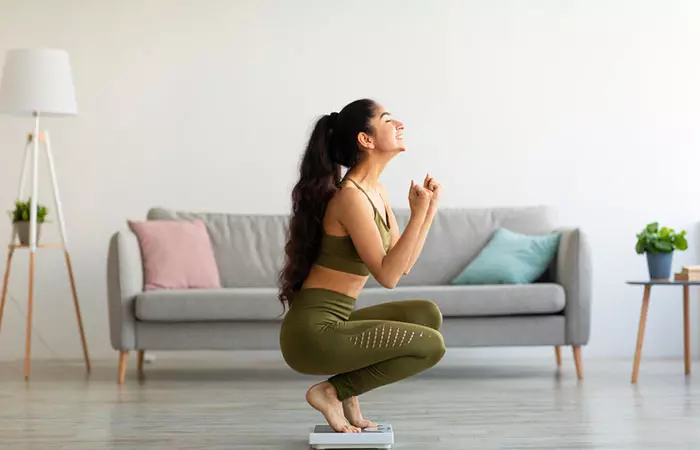
The fiber makes this very obvious. It is going to make you feel full for long periods. And that is going to help you stay away from junk and other useless stuff. In fact, chickpeas might also help cut body fat – contributing to weight loss (2).
Another nutrient we must talk about is protein, which is known to regulate weight. Studies showed that subjects on high protein not only lost body weight, but were also able to shed more body fat. Also, protein’s thermic effect is 30 percent. This means that you will burn 30 percent of the calories during the digestion of protein.
Chickpeas are nutrient dense as well. So if you need to avoid certain foods to reach your weight loss goals, chickpeas can make sure you don’t fall behind when it comes to optimum nutrition.
3. Boost Digestive Health
It’s the fiber in the garbanzo beans, again. It helps prevent constipation and promotes regularity. The fiber also acts as a bulking agent in the digestive system, thereby improving the overall digestive health.
More importantly, fiber also helps balance the pH levels and the healthy gut bacteria. It also reduces the number of unhealthy bacteria in the gut.
Chickpeas also contain starch that might aid digestion.
4. Improve Heart Health

Chickpeas contain potassium, fiber, and vitamins C and B6 – all of which support heart health. The fiber helps lower the total cholesterol in the blood, reducing the risk of heart disease. It also removes plaque from the arteries and improves their health. This, in turn, benefits the heart.
Studies have shown that the soluble fiber in chickpeas can help prevent cardiovascular disease (3). And then, we have potassium, which, as per a study, can cut the risk of heart attacks (4).
The folate in chickpeas also contributes to heart health. It counteracts homocysteine, an amino acid that helps in the formation of blood clots (5). And this can have benefits for the heart.
5. Help Prevent Cancer
Though selenium is not found in most fruits and vegetables, we can find it in chickpeas. This mineral helps the liver function properly, enabling it to detoxify certain cancer-causing compounds in the body. Selenium also suppresses inflammation and prevents tumor growths.
The folate in garbanzo beans has a role to play in DNA synthesis and repair. This is why it prevents the formation of cancer cells from mutations in the DNA. Chickpeas contain phytochemicals called saponins, which also prevent the multiplication and proliferation of cancer cells.
The fiber in chickpeas helps lower the risk of colorectal cancer as well. And the vitamin C works as an antioxidant that fights the free radicals and prevents cancer altogether.
Studies have found that taking isoflavones (which chickpeas contain) can cut the risk of breast cancer (6).
6. Great Source Of Protein
Chickpeas are one of the greatest sources of plant-based protein. One cup of chickpeas contains about 15 grams of protein. This protein is important for almost all functions of your body – right from improving the health of the vital organs, muscles, and tissues to slowing down the aging process. Protein also helps control blood sugar levels and creates hemoglobin and important antibodies. It also helps heal injuries and wounds.
But ensure you combine chickpeas with other sources of protein as they are an incomplete protein (which means they don’t contain all the amino acids required by the body). However, the protein quality in chickpeas is considered much better than that of pulses (7).
7. Rich In Important Nutrients
Chickpeas are also good sources of magnesium, manganese, zinc, and iron. They also contain good amounts of B vitamins and vitamin A (as beta-carotene).
The magnesium, manganese, and B vitamins (vitamin B6) help deal with the symptoms of PMS. Magnesium and manganese, along with zinc, contribute to bone health as well.
The iron in chickpeas fights fatigue and improves the quality of your blood. It prevents anemia and can also combat hair fall. The vitamin A improves skin and eye health. It is known to prevent severe eye ailments like cataracts and macular degeneration.
8. Eliminate Wrinkles
This can be attributed to the manganese in garbanzo beans, which offers energy to cells and is known to fight free radicals that can cause wrinkles. And the B vitamins work as fuel for the cells.
You can also use chickpeas to cleanse your face. Simply mix chickpea paste with turmeric and apply the mixture to your face in the morning. Leave it on for 15 minutes and then wash off with cold water. This remedy also helps reduce age spots and brighten your face.
9. Prevent Hair Loss
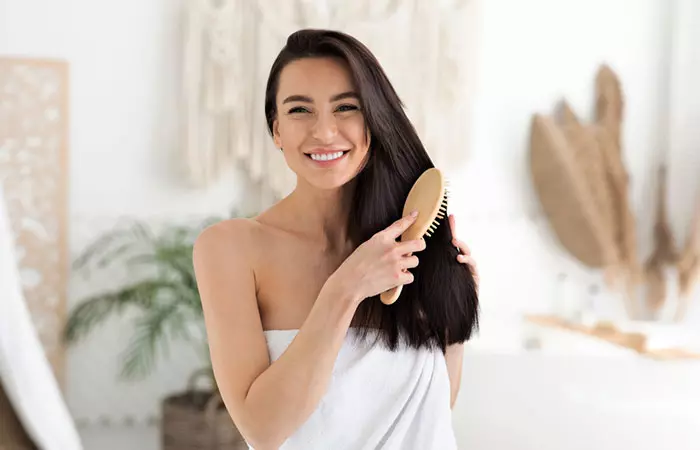
Given that chickpeas are rich in protein, they can prevent hair loss. And the manganese they contain can strengthen your hair. A deficiency in manganese can also lead to slower hair growth.
The vitamin A and zinc in chickpeas also fight dandruff. You can simply mix 6 tablespoons of mashed chickpeas with water and massage into your scalp. Let it sit for 15 minutes before you rinse as usual.
The zinc in chickpeas might also help prevent hair thinning. And the copper in them might help regrow hair (in individuals who lost hair due to medical treatments like chemotherapy).
 Quick Tip
Quick Tip10. Improve Eye Health
We already discussed the beta-carotene in chickpeas, which can boost vision health. And then, we have zinc, which is another essential nutrient for vision. It helps in transporting vitamin A from the liver to the retina (8).
Zinc might also help prevent the progression of macular degeneration (9).
11. Strengthen The Bones
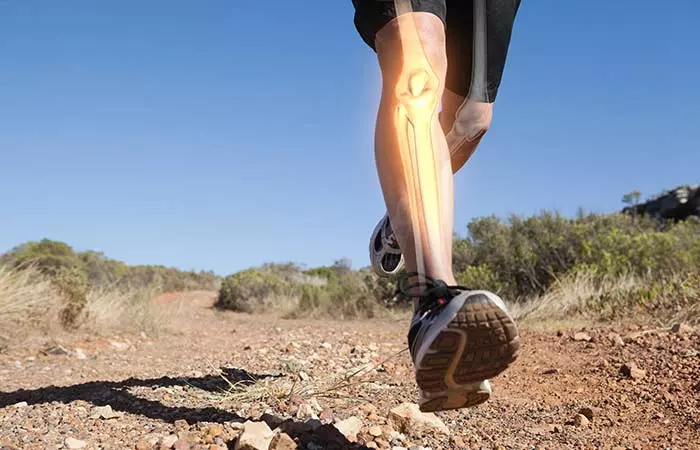
Garbanzo beans contain calcium, and we know how important calcium is for the bones. More importantly, chickpeas also contain magnesium – another mineral your body uses (along with calcium) for building bones (10).
Other minerals in chickpeas that improve bone health include manganese, zinc, vitamin K – and all of these help maintain the bone structure. They also contain phosphate, which, along with calcium, greatly contributes to proper bone mineralization. And by the way, intake of too much phosphorus with too little calcium can lead to bone loss.
The vitamin K in chickpeas also improves calcium absorption. Low levels of vitamin K are often linked to bone fractures. And the iron and zinc in chickpeas are important for the production and maturation of collagen, another important protein that supports the health of bones and cartilages.
12. Support Pregnancy
Yes, it’s folate. But even before that, chickpeas also contain fiber, protein, iron, and calcium – nutrients that are all the more essential during pregnancy.
Talking about folate, it is the most important nutrient during pregnancy. It is indispensable for the health of the mother and the fetus. It also cuts the down the risk of neural tube defects and low birth weight. Insufficient folate during pregnancy can also put the child at a risk of infections and disease at a later point in life (11).
13. Help Reduce Inflammation
Garbanzo beans are legumes – and studies show that having at least 4 servings of chickpeas a week can cut the chances of inflammation. It can also significantly improve certain metabolic features (12).
Other nutrients in chickpeas, like vitamins A, C, and B6, fiber, protein, magnesium, selenium, and iron – all of these also help fight inflammation (13).
You saw the benefits of chickpeas. But what’s the point if you don’t include them in your diet?
How To Incorporate Chickpeas Into Your Diet
Chickpeas are available all year. You can find them in grocery stores either dried, canned or packaged. And given that they have a nutty texture, they can easily be incorporated into one’s diet.
- You can toss chickpeas along with other legumes into a bean salad for a protein-packed snack.
- You can use chickpea flour to bake your favorite dishes.
- You can also add chickpeas to your evening vegetable soup.
- You can even mix chickpeas with any favorite spices for a delicious side dish or snack.
- Or have chickpea burgers! Simply add them to your burger and enjoy a nutritious treat.
- You can add chickpeas to your smoothies for a protein punch.
In case you are wondering how to cook chickpeas, well, it’s simple. You can boil them or even cook them along with your other dishes. They can go well with almost anything that you eat.
Well, that’s some of the ways. And there is another way. Just try these recipes out!
Any Delicious Chickpea Recipes?
1. Roasted Chickpeas
What You Need
- 1 can of drained chickpeas (12 ounces)
- 2 tablespoons of olive oil
- Salt, garlic salt, or cayenne pepper (optional)
Directions
- Preheat the oven to 450o F.
- Firstly, blot the chickpeas with a paper towel to dry them.
- In a bowl, toss the chickpeas along with the olive oil. Season with salt, garlic salt, and cayenne pepper.
- Spread on a baking sheet and bake for about half an hour.
- Watch the chickpeas for the last few minutes to avoid burning.
2. Classic Chickpea Hummus
What You Need
- 1 15½ oz canned chickpeas, rinsed and drained
- ½ cup of well-mixed tahini
- 3 tablespoons of fresh lemon juice
- 1 finely grated garlic clove
- ¾ teaspoon of kosher salt
- 10 cranks of freshly ground black pepper
- ¼ teaspoon of ground cumin
- 3 tablespoons of olive oil (you can take a little more for drizzling)
- Sesame seeds, for serving
Directions
- Process the chickpeas, tahini, lemon juice, garlic, salt, pepper, and cumin along with two tablespoons of water in a food processor until you obtain a smooth mixture. You can also use a blender for this purpose.
- Now, with the motor running, stream in three tablespoons of olive oil.
- Continue to process until the hummus turns light and creamy.
- Season with salt and pepper, if needed.
- You can serve with sesame seeds.
How about something fun and light about chickpeas?
Any Fun Facts About Chickpeas?
- India is the world leader in chickpea production – with a staggering annual production of 8,832,500 metric tons on an average.
- Chickpeas are called chickpeas because they resemble the beak of a chick.
- Chickpeas are the most consumed legumes in the world.
- The discarded stems of the chickpea plant are used as animal fodder.
- The leaves of the chickpea plant are used for the manufacture of blue dyes.
 Trivia
TriviaThere’s something else you need to know. Say, you are out to shop for chickpeas. What do you need to keep in mind?
How To Select And Store Chickpeas (Garbanzo Beans)
Selection
Choose dried chickpeas. Or choose canned chickpeas with less sodium. If you are going for dried chickpeas (which is what we recommend), select those that are dry, clean, and uniform in color. And ensure they are not shriveled.
Storage
Store dried chickpeas at room temperature in a closed container. You must protect them from moisture and pets. If it is canned beans, store them at room temperature. And use them before the date on the can.
Ah well, where do you get ’em?
Where To Buy Chickpeas?
You can pick them up from your nearest grocery store or buy them online.
We have understood the benefits of chickpeas. But we also must know the ways they can negatively affect our health.
Any Side Effects Of Chickpeas?
- Issues With High Fiber Intake
Chickpeas are high in fiber. Increasing fiber intake all of a sudden can lead to upset stomach, gas, diarrhea, and bloating. It might also lead to stomach cramps, though they usually subside within a few hours.
- Legume Allergy
Chickpeas are a relative of soybeans, and hence might worsen your skin allergy. If you have a known legume allergy, stop use and talk to your doctor. Certain symptoms of legume allergy include nausea, diarrhea, skin itchiness, hives, headaches, and coughing.
Infographic: Chickpea Flour Face Masks
For utilizing the benefits of chickpeas in skincare, you need to first make gram flour out of clean and dry chickpeas. Take a cup of dry chickpeas in a food processor and grind until completely smooth. Repeat if required and then store the flour in a sealed container.
Have a look at the infographic below to know how you can use this gram flour for various kinds of skincare masks. Illustration: StyleCraze Design Team
The benefits of chickpeas are numerous. They are loaded with protein, fiber, and many beneficial nutrients that improve overall health. Chickpeas can effectively regulate blood sugar levels, strengthen bones, and help minimize the appearance of wrinkles. These peas promote cardiovascular, digestive, and eye health too. Additionally, they also help lose weight, support pregnancy, and are a great source of protein. You can try including chickpeas in your diet in baking, salads, or flour to make various vegetarian and vegan dishes. The protein-rich legumes are quite common in Mediterranean diets and are consumed as hummus along with a hearty plate of falafel and pita bread. Try any of the recipes mentioned above to enjoy chickpeas in healthier ways.
Frequently Asked Questions
Any difference between chickpeas and garbanzo beans?
No, they are not different.
Are chickpeas carb or protein?
Both.
What does chickpea taste like?
Chickpea has a nutty flavor and a slightly grainy texture.
Does chickpea flour have carbohydrates?
Pretty much, because the flour is made from the peas.
How much does a can of chickpeas cost?
The price can range from $2 to $3 a can.
Can chickpeas be eaten daily?
Yes, you may consume chickpeas daily in moderation. The recommended daily intake of chickpeas is 28 grams. Excess consumption may have unfavorable effects.
Are chickpeas good for arthritis?
A pilot study found that consuming chickpea broth may help reduce the symptoms of knee osteoarthritis; however, further studies are required to validate the findings (14).
Illustration: Benefits Of Chickpeas Nutrition Recipes & Side Effects

Image: Stable Diffusion/StyleCraze Design Team
Learn more about the surprising benefits of chickpeas from the video given below. Watch it now to discover how these nutritious legumes can help improve your health.
References
Articles on StyleCraze are backed by verified information from peer-reviewed and academic research papers, reputed organizations, research institutions, and medical associations to ensure accuracy and relevance. Read our editorial policy to learn more.
1. “Effects of long-term consumption and single meals…”. The American Journal of Clinical Nutrition.
2. “The nutritional value and health…“. US National Library of Medicine.
3. “The nutritional value and health benefits of chickpeas…”. US National Library of Medicine.
4. “Sodium and potassium intake and mortality…”. Centers for Disease Control and Prevention.
5. “Unraveling the Link Between Serum.”. US National Library of Medicine.
6. “Does consuming isoflavones reduce…”. US National Library of Medicine.
7. “Nutritional quality and health benefits of chickpea”. US National Library of Medicine.
8. “Foods to improve eyesight…”. Fox News.
9. “Top foods to help protect your vision”. Harvard Medical School.
10. “Calcium and strong bones”. Physicians Committee for Responsible Medicine.
11. “Effects of folate and…”. US National Library of Medicine.
12. “A legume-based hypocaloric diet…”. US National Library of Medicine.
13. “Roasted chickpeas”. Syracuse University.
14. “The effect of chickpea broth on knee osteoarthritis…”. Syracuse University.
Read full bio of Alexandra Dusenberry
Read full bio of Ravi Teja Tadimalla
Read full bio of Arshiya Syeda
Read full bio of Sindhu Koganti







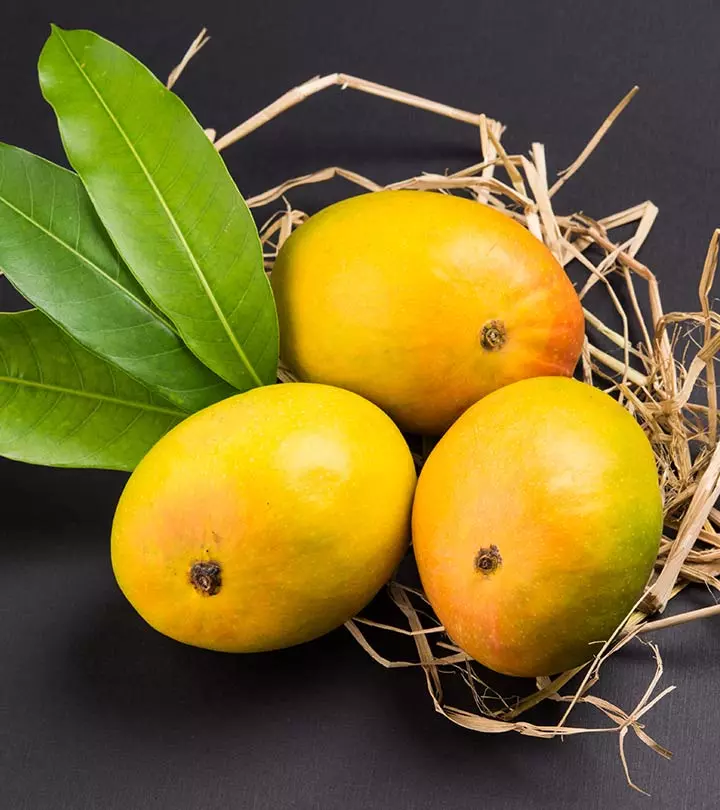
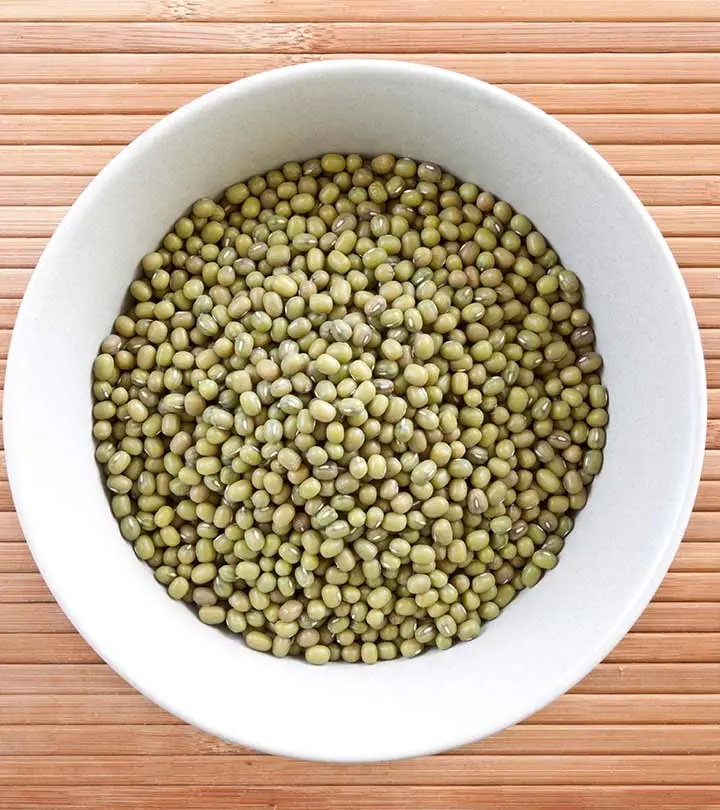
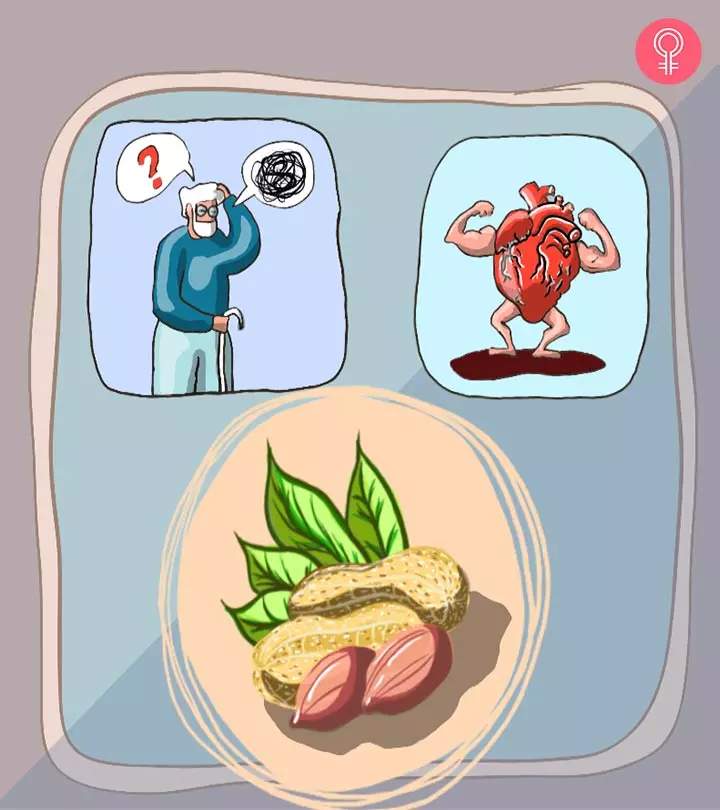
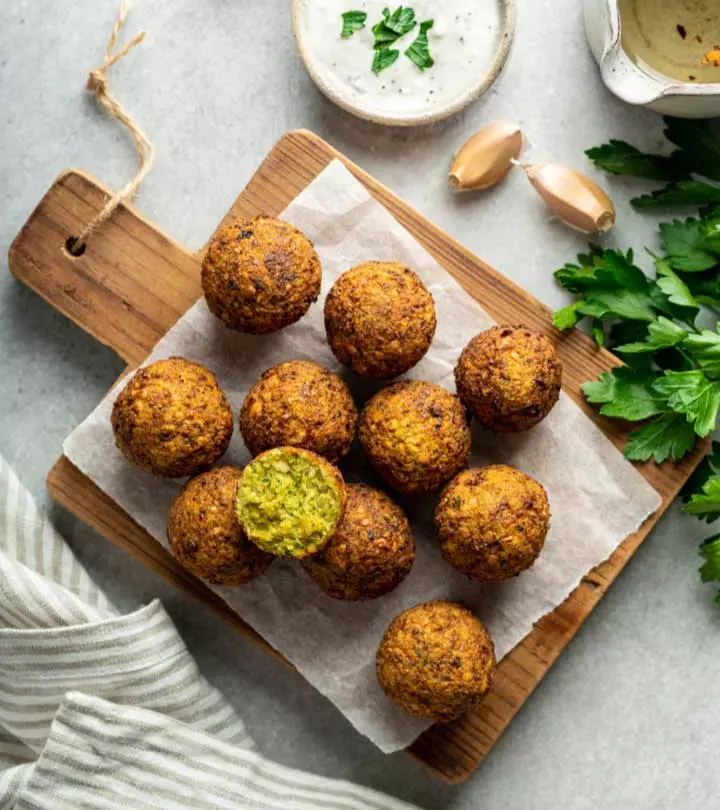
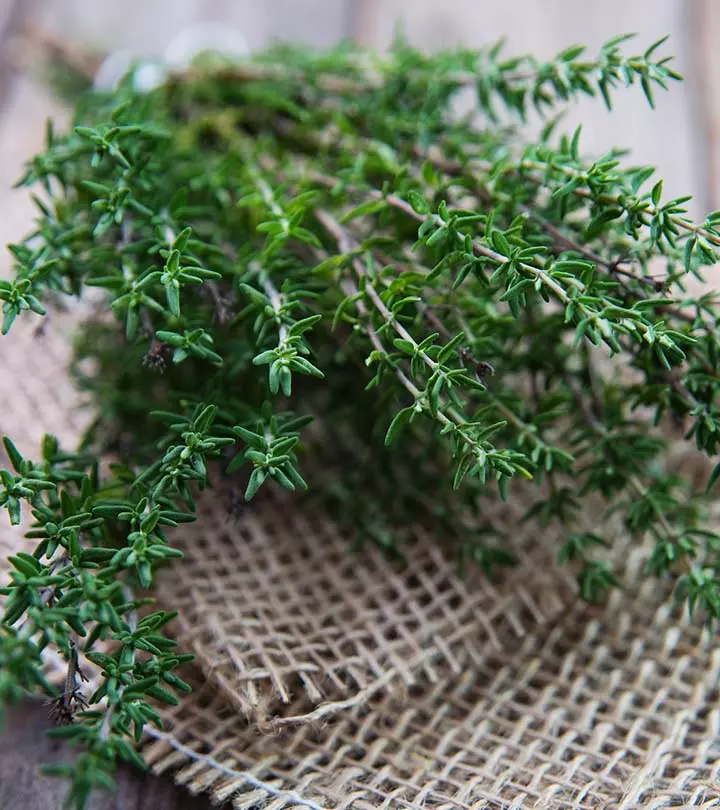
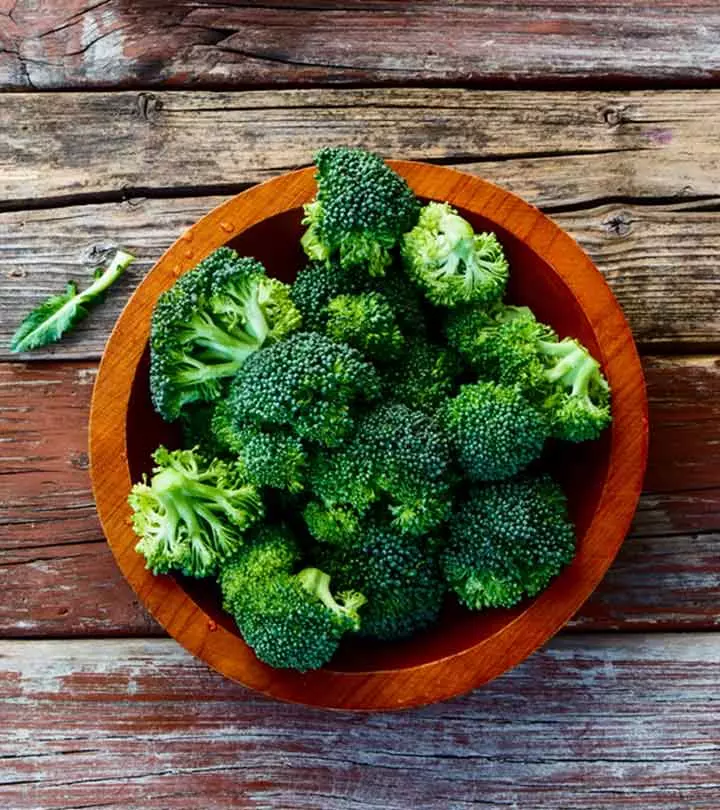
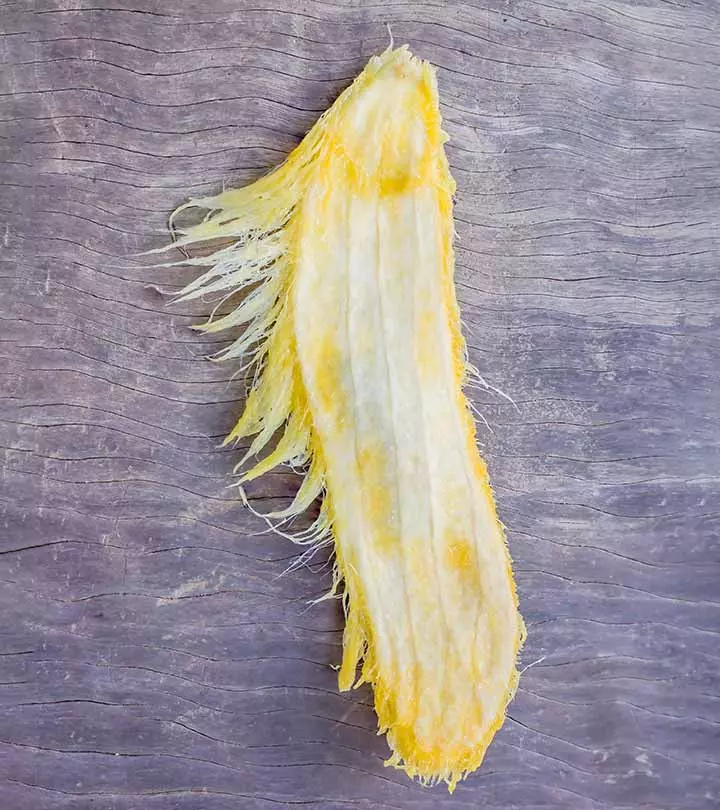
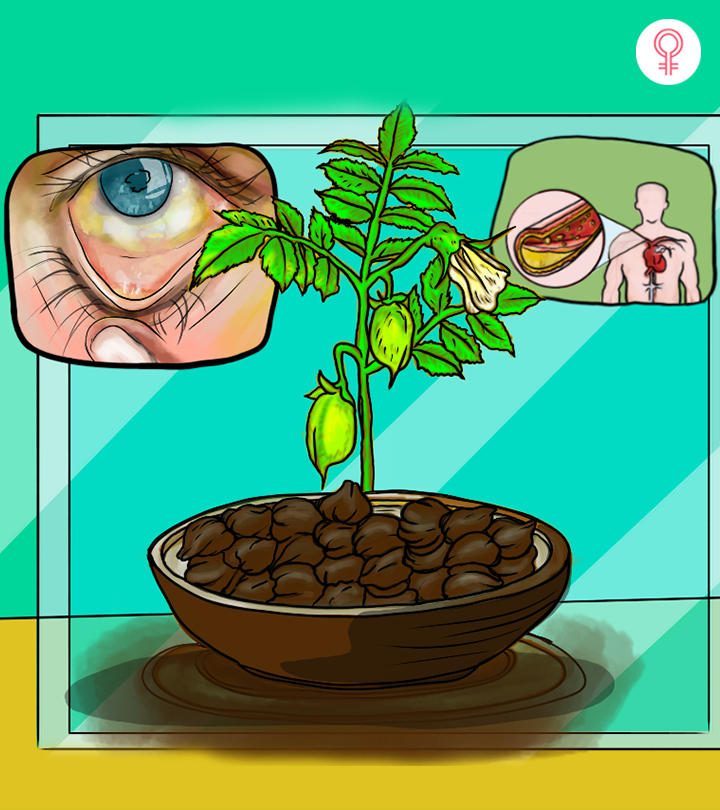
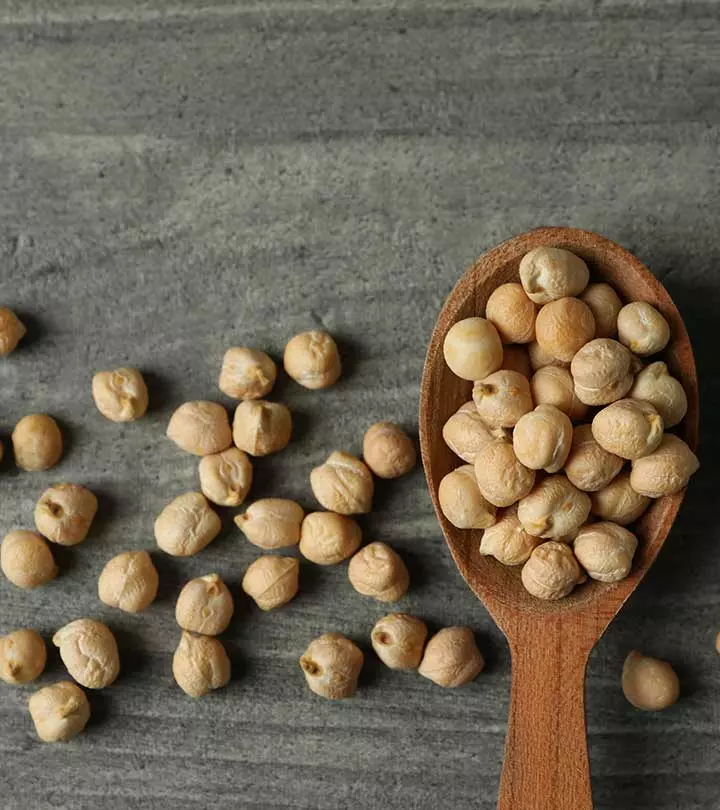
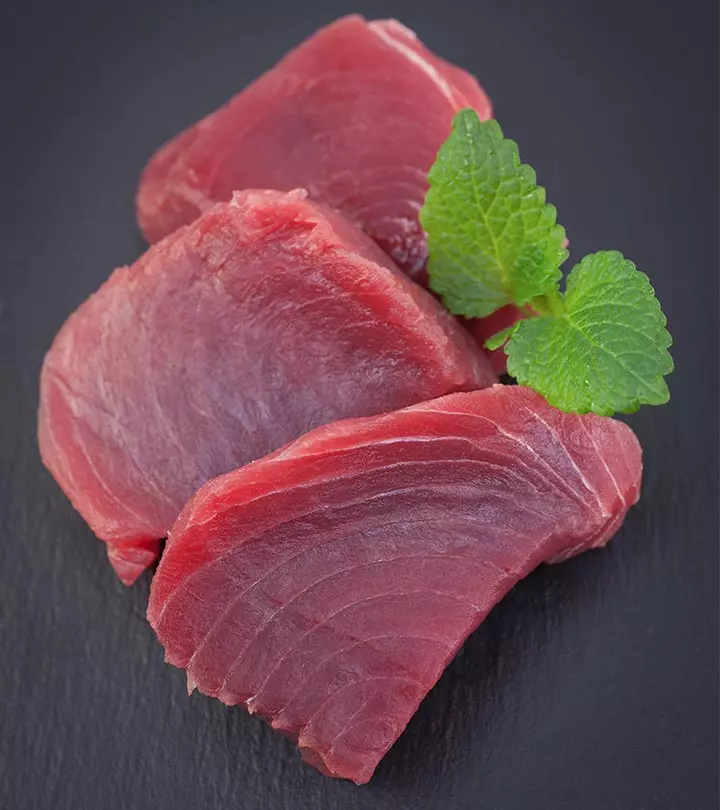
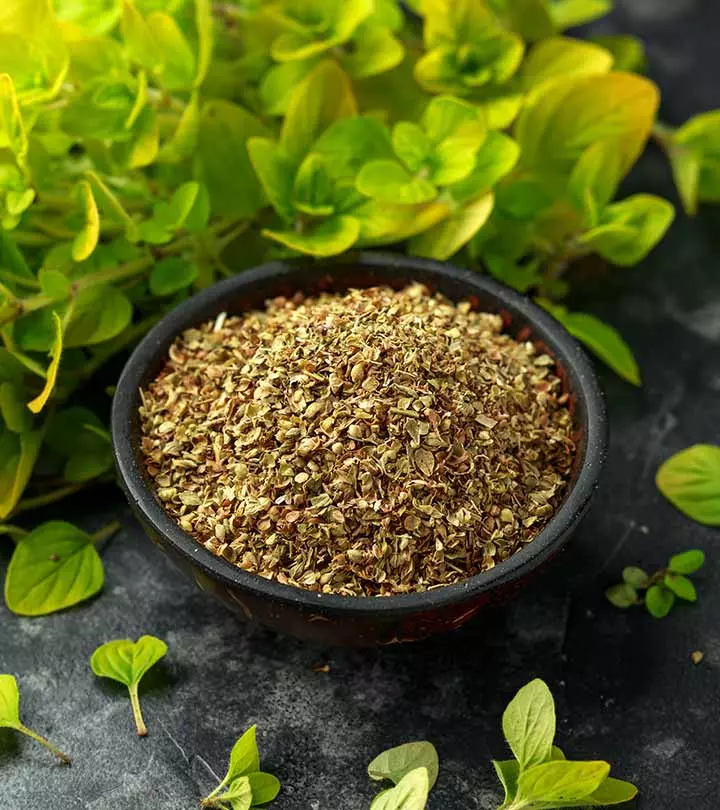
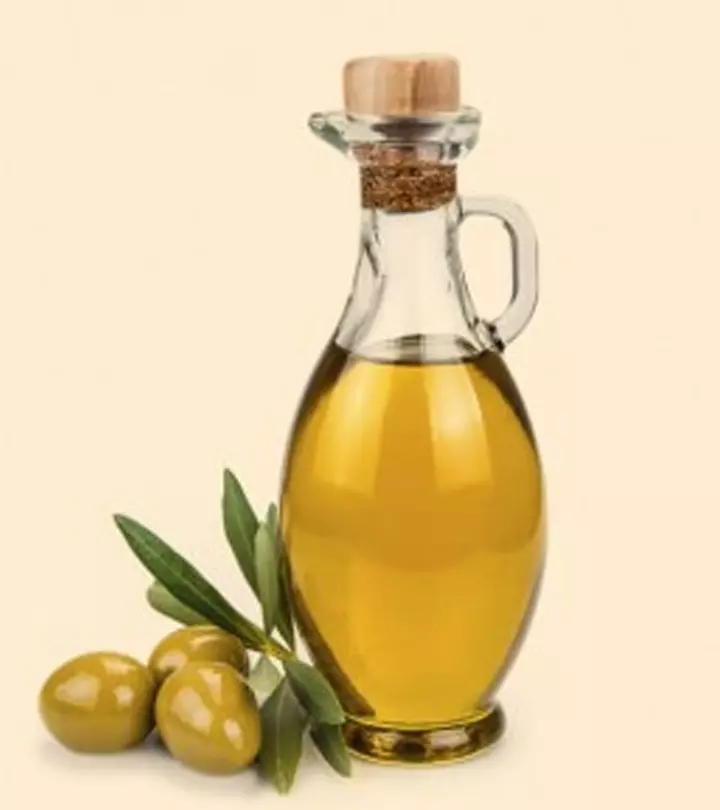
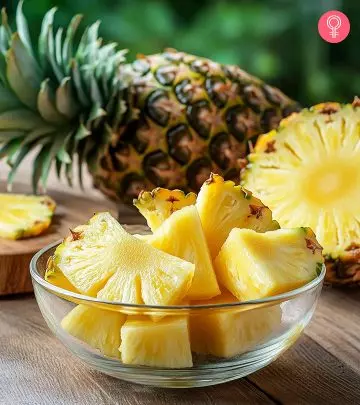
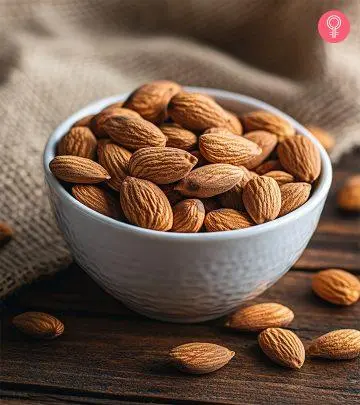
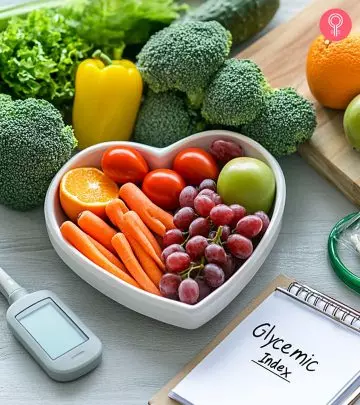
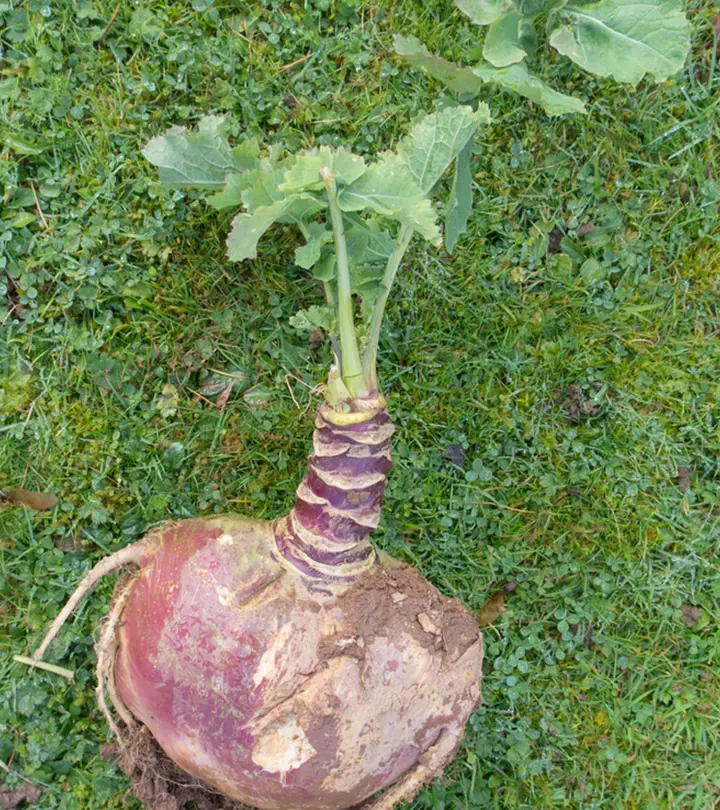
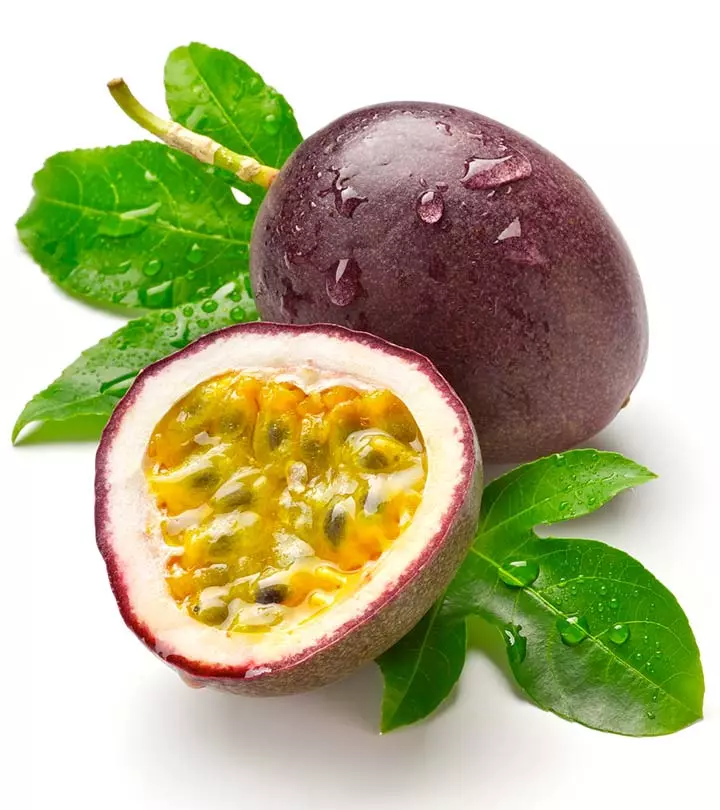
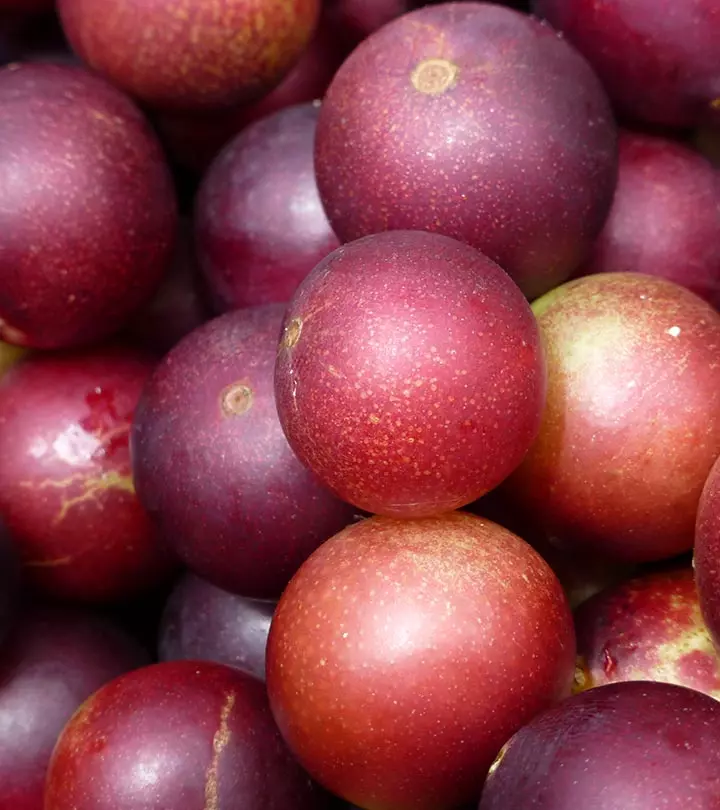
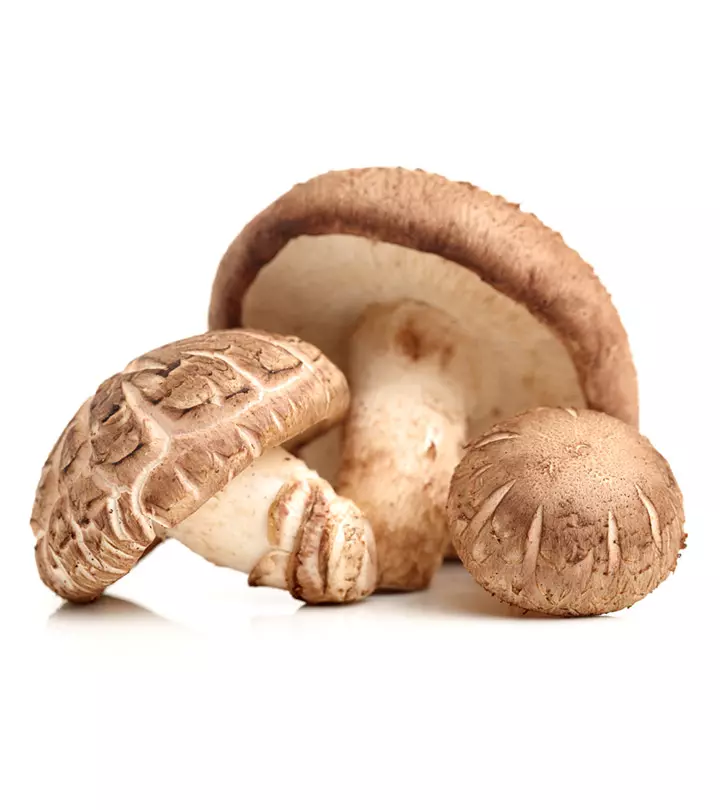
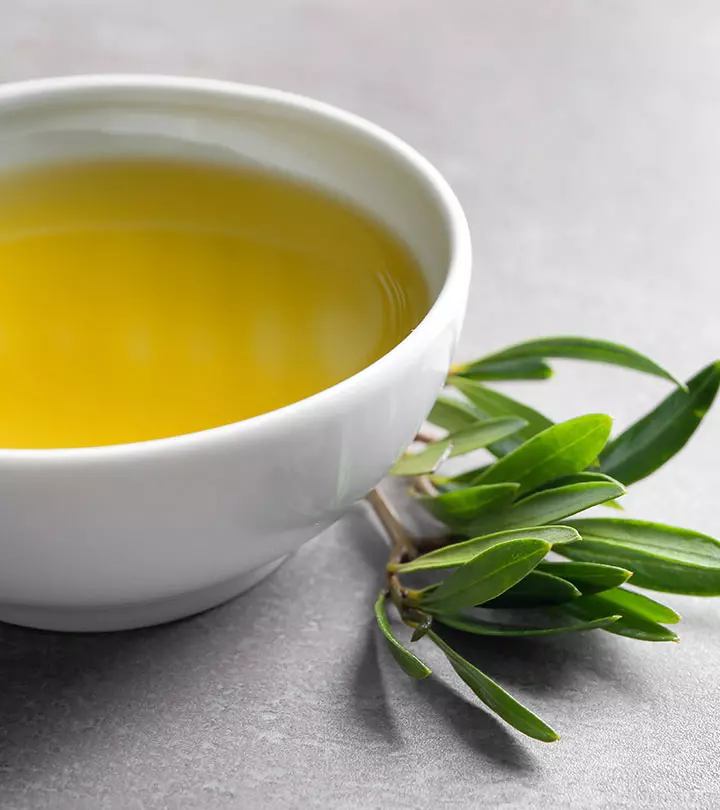
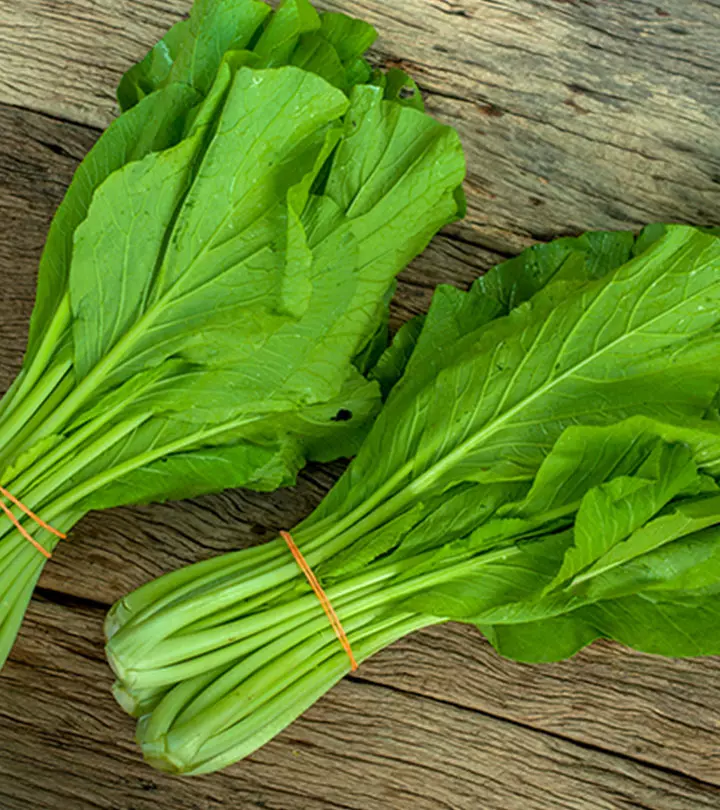
Community Experiences
Join the conversation and become a part of our empowering community! Share your stories, experiences, and insights to connect with other beauty, lifestyle, and health enthusiasts.